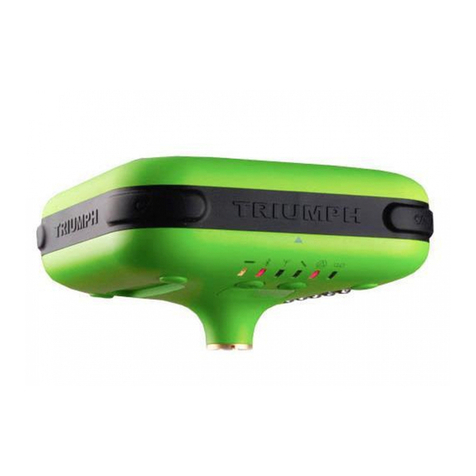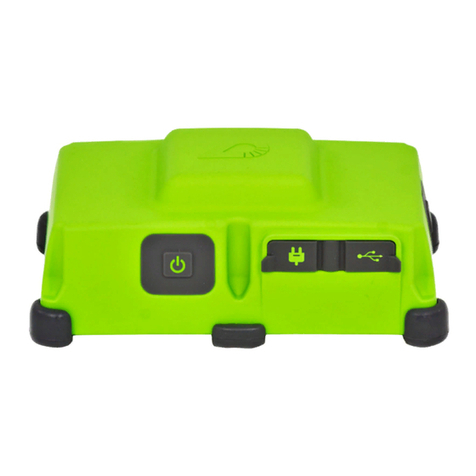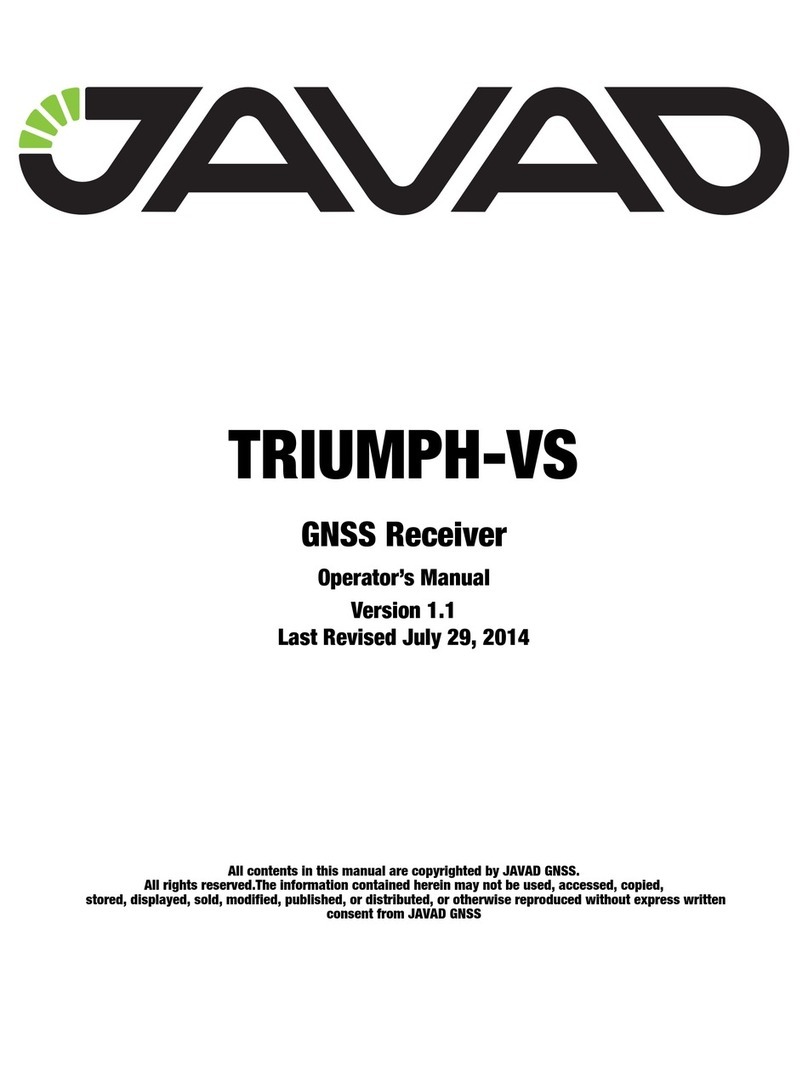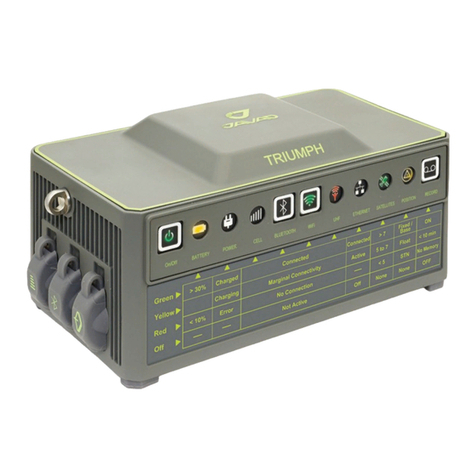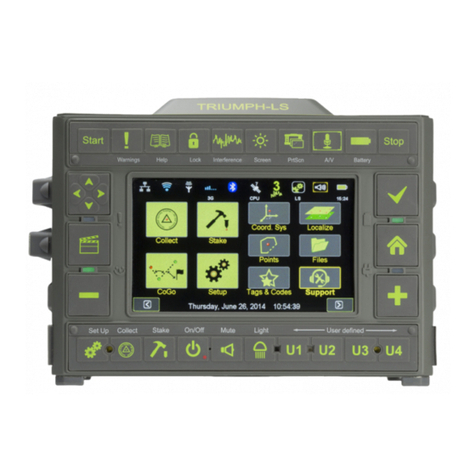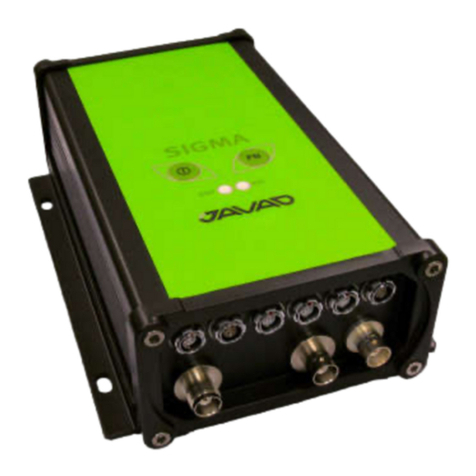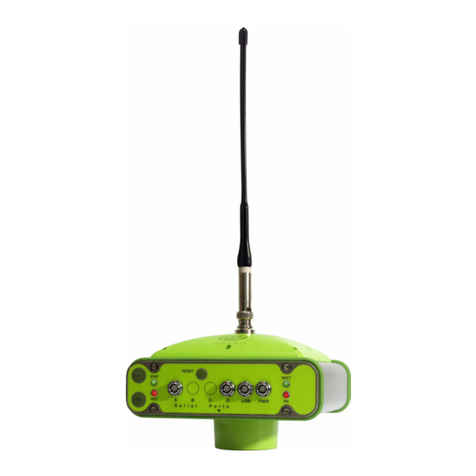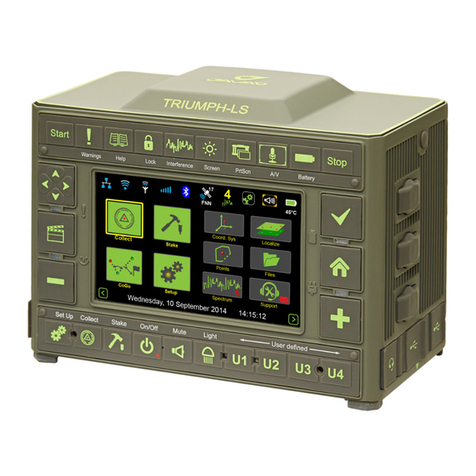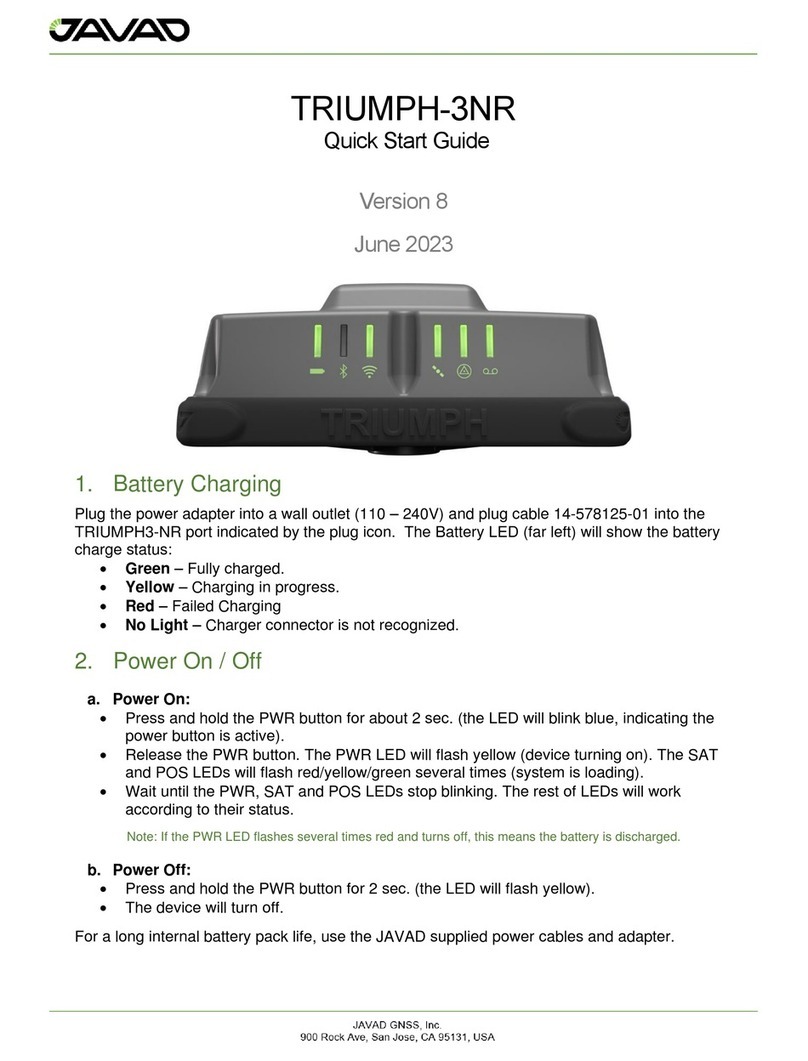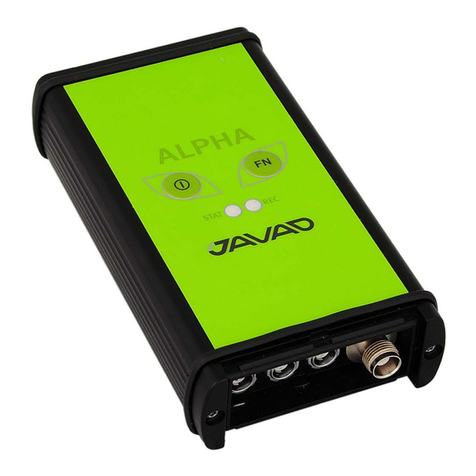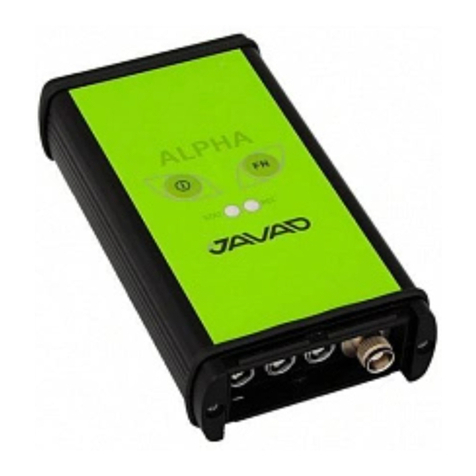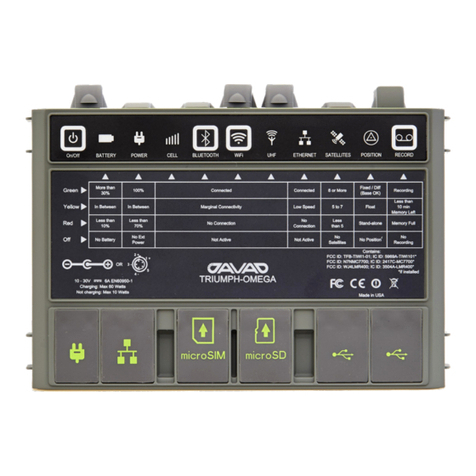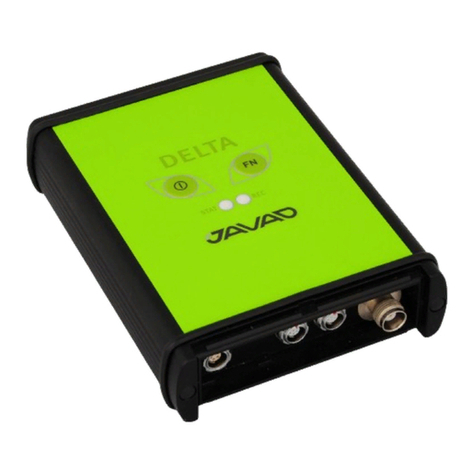Preface
Terms and Conditions
8www.javad.com
OMISSIONS CONTAINED HEREIN; NOR FOR INCIDENTAL OR CONSEQUENTIAL
DAMAGES RESULTING FROM THE FURNISHING, PERFORMANCE OR USE OF THIS
MATERIAL OR THE DELTA RECEIVER. SUCH DISCLAIMED DAMAGES INCLUDE BUT
ARE NOT LIMITED TO LOSS OF TIME, LOSS OR DESTRUCTION OF DATA, LOSS OF
PROFIT, SAVINGS OR REVENUE, OR LOSS OF THE PRODUCT'S USE. IN ADDITION,
JAVAD GNSS IS NOT RESPONSIBLE OR LIABLE FOR DAMAGES OR COSTS INCURRED
IN CONNECTION WITH OBTAINING SUBSTITUTE PRODUCTS OR SOFTWARE,
CLAIMS BY OTHERS, INCONVENIENCE, OR ANY OTHER COSTS. IN ANY EVENT,
JAVAD GNSS SHALL HAVE NO LIABILITY FOR DAMAGES OR OTHERWISE TO YOU
OR ANY OTHER PERSON OR ENTITY IN EXCESS OF THE PURCHASE PRICE FOR THE
DELTA RECEIVER.
LICENSE AGREEMENT – Use of any computer programs or software supplied by JAVAD
GNSS or downloaded from a JAVAD GNSS website (the “Software”) in connection with the
DELTA receiver constitutes acceptance of these Terms and Conditions in this Manual and an
agreement to abide by these Terms and Conditions. The user is granted a personal, non-exclusive,
non-transferable license to use such Software under the terms stated herein and in any case only
with a single DELTA or single computer. You may not assign or transfer the Software or this
license without the express written consent of JAVAD GNSS. This license is effective until
terminated. You may terminate the license at any time by destroying the Software and Manual.
JAVAD GNSS may terminate the license if you fail to comply with any of the Terms or
Conditions. You agree to destroy the Software and manual upon termination of your use of the
DELTA receiver. All ownership, copyright and other intellectual property rights in and to the
Software belong to JAVAD GNSS. If these license terms are not acceptable, return any unused
software and manual.
CONFIDENTIALITY – This Manual, its contents and the Software (collectively, the
“Confidential Information”) are the confidential and proprietary information of JAVAD GNSS.
You agree to treat JAVAD GNSS' Confidential Information with a degree of care no less stringent
that the degree of care you would use in safeguarding your own most valuable trade secrets.
Nothing in this paragraph shall restrict you from disclosing Confidential Information to your
employees as may be necessary or appropriate to operate or care for the DELTA receiver. Such
employees must also keep the Confidentiality Information confidential. In the event you become
legally compelled to disclose any of the Confidential Information, you shall give JAVAD GNSS
immediate notice so that it may seek a protective order or other appropriate remedy.
WEBSITE; OTHER STATEMENTS – No statement contained at the JAVAD GNSS website (or
any other website) or in any other advertisements or JAVAD GNSS literature or made by an
employee or independent contractor of JAVAD GNSS modifies these Terms and Conditions
(including the Software license, warranty and limitation of liability).

